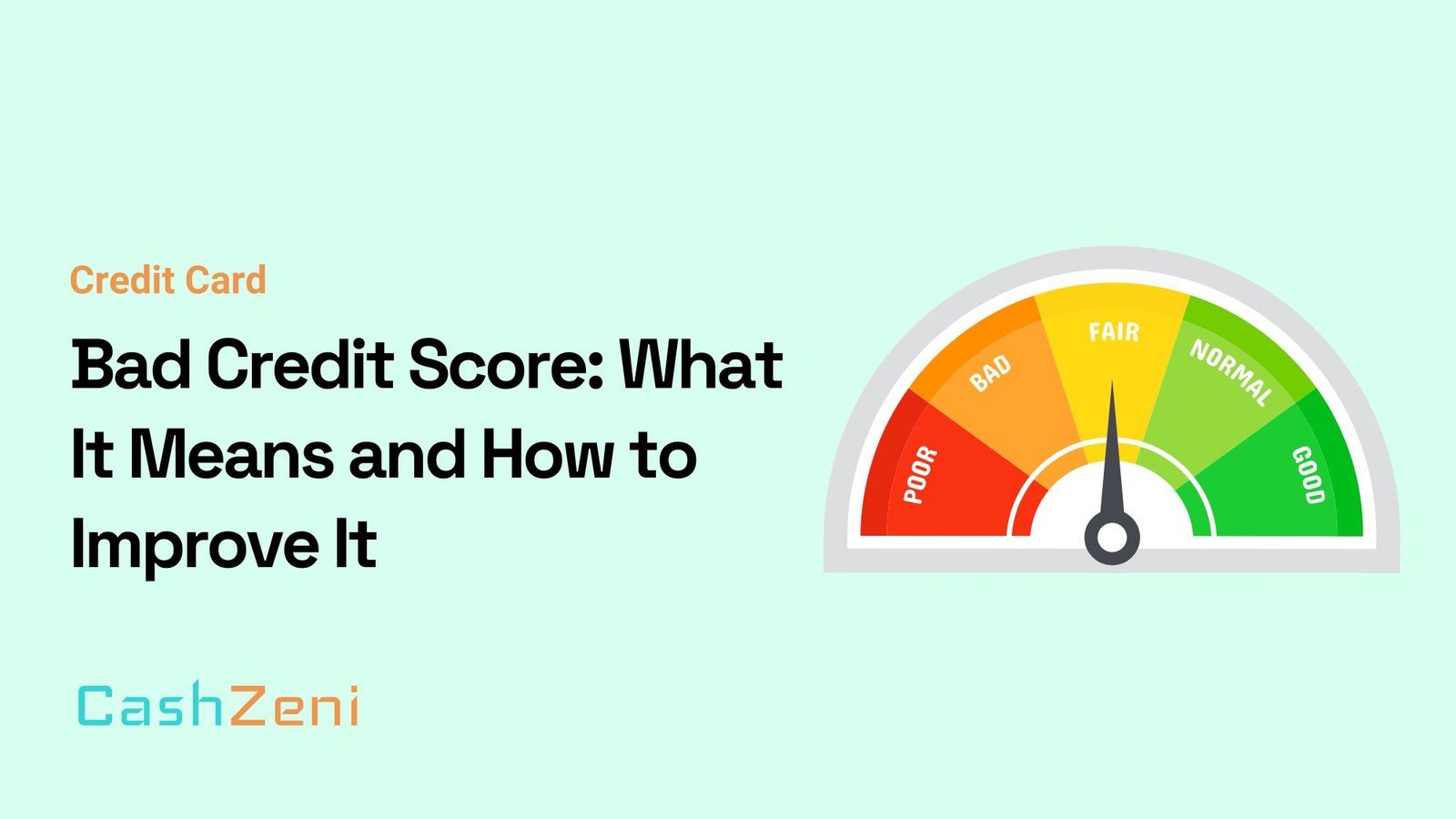Ever stood on the edge of a financial conversation where IPOs were discussed and thought: “What on Earth is an IPO?” Or perhaps you have some understanding, but it’s all a tad nebulous, kind of like trying to grasp a cloud with your bare hands. Don’t worry, we’ve all been there. But after today, you’ll be the one leading those conversations! Let’s dive into the captivating world of Initial Public Offerings, or as the cool kids (like us) call it, IPOs.
Table of Contents
An IPO is much like a debutante’s grand entry into society, only here, it’s a company making its grand debut in the stock market. It’s a significant event in a company’s life cycle, sort of like a caterpillar metamorphosing into a butterfly (but with more Wall Street and less nature). However, before we immerse ourselves in this financial ballet of stocks and shares, let’s set the stage and understand why IPOs are as important as we make them out to be.
What is an Initial Public Offering (IPO)?
In the realm of finance, an Initial Public Offering (IPO) is akin to a blockbuster movie release. It’s the process where a private corporation ‘goes public’ by selling its stocks to the general public for the first time. The cast includes the company (the star), investment banks (the directors), and investors (the audience). The aim? To raise capital.
You see, when a company decides to tread the public path, it’s typically because they need an infusion of capital for various reasons – expansion, debt repayment, or even to increase their market visibility. It’s a big decision, with substantial risks and potential rewards, much like asking someone out on a date, only with a few billion dollars at stake.
But just as there are different genres of movies, not all IPOs are the same. Let’s shed some light on the different types of IPOs. Buckle up; it’s time for a ride into the financial fast lane.
The Different Types of IPOs
In the land of IPOs, diversity is the name of the game. Much like a Baskin-Robbins store, there are many flavors to choose from. Here, we’ll dip our toes into three popular ones: Traditional IPOs, Direct Listings, and SPACs.
Traditional IPO
In a traditional IPO, a private company works with an investment bank (underwriters). They act as middlemen to sell the company’s shares to the public. This process has a lot of rigmarole – paperwork, approvals from the Securities and Exchange Commission (SEC), the underwriter purchasing the shares before selling them to the public, the works. Despite the intricate ballet, it remains a classic choice, much like a scoop of vanilla ice cream.
Direct Listing
Then, we have direct listings. In this case, the company bypasses the underwriter and sells shares directly to the public. Imagine ordering your food straight from the kitchen instead of through a waiter. It’s quicker and cheaper since you aren’t paying the middleman. However, it comes with its risks as there’s no safety net of underwriters.
SPAC (Special Purpose Acquisition Companies)
Finally, we have the newest kid on the block – SPACs. A SPAC is a shell company created solely to raise money through an IPO and eventually to acquire a private company. Think of it as a big, empty container that exists just to be filled by a company. SPACs have been making waves in the financial ocean, primarily due to their speed and efficiency.
Why Does a Company Offer an IPO?
1. Offering an IPO is a money-making exercise. Every company needs money, it may be to expand, to improve their business, to better the infrastructure, to repay loans, etc
2. Trading stocks in the open market mean increased liquidity. It opens door to employee stock ownership plans like stock options and other compensation plans, which attracts the talents in the cream layer
3. A company going public means that the brand has gained enough success to get its name flashed in the stock exchanges. It is a matter of credibility and pride to any company
4. In a demanding market, a public company can always issue more stocks. This will pave the way to acquisitions and mergers as the stocks can be issued as a part of the deal
The IPO Process: A Step-By-Step Guide
Now that we have our types sorted let’s get into the nitty-gritty – the IPO process. It’s a five-step tango that requires grace, precision, and a lot of patience.
1. Planning and preparation: Just like you wouldn’t run a marathon without training, a company can’t go public without planning. It involves a meticulous examination of financial statements, market conditions, and selecting underwriters.
2. Hiring underwriters: The company then hires an investment bank to shepherd the IPO process. Think of them as the Gandalf to the company’s Frodo, guiding them through the perilous journey of the IPO process.
3. Filing of Registration Statements: The company then files a registration statement (Form S-1) with the SEC. It includes financial statements, details about the company’s operations, and the plan for the use of capital proceeds.
4. Roadshow and Pricing: The underwriters and company executives then conduct a roadshow, essentially a marketing blitz, to generate buzz among potential investors. At the end of this roadshow, the final IPO price is set.
5. The IPO and After: The big day arrives. The company’s shares are sold to the public at the IPO price. After that, the shares begin trading on the open market, free to the whims and fancies of market forces.
How to Apply for an IPO
So, you’re interested in dipping your toes into the IPO investing pool. Excellent! Here’s how you do it:
1. Researching the IPO: Don’t jump in blindly. Gather all the information you can about the company, its financial health, and its plans for the capital.
2. Finding a Broker: You’ll need a broker to buy shares. Make sure you select a broker who has access to the IPO you’re interested in.
3. Filling out the Application: Once the company announces the IPO, you can apply for it through your broker. You’ll need to fill out an application, sometimes known as a bid or subscription form.
4. Allocating Funds: Ensure you have sufficient funds in your account. The broker will then block the amount needed for the IPO.
5. Waiting for Allotment: This is the part where you wait and see if you’ve been allotted any shares. Fingers crossed!
In the world of IPOs, knowledge is power, and I hope this article has armed you with the information you need to dive headfirst into this exciting financial frontier.
Things you should know before investing
1. If you have bought an IPO for the company, you are exposed to the fortunes of that company. You bear a direct impact on its success and loss
2. It is this asset of your portfolio which has the highest potential to reward the returns. On the flip side, it can sink your investment without a sign. Remember stocks are subjected to the volatility of the markets
3. You should know that a company which offers its shares to the public is not indebted to reimburse the capital to the public investors
4. You should weigh up your potential risks and rewards before investing in an IPO. If you are a novice, read up an account from an expert or a wealth management firm. If still in doubt, talk to your personal financial advisor
Risks and Benefits of Investing in IPOs
Investing in IPOs is somewhat like gambling – it can result in high returns, or you could lose your investment. Let’s weigh the scales and look at the potential benefits and risks.
Potential Returns and Growth Opportunities
Imagine being one of the early investors in companies like Amazon, Google, or Apple. The returns could be nothing short of spectacular. IPOs provide a chance to invest in a company at the ground floor, opening up opportunities for considerable returns.
Risks and Unpredictability
IPOs are not for the faint-hearted. The price of newly listed shares can be extremely volatile, swinging wildly in both directions. Also, information about the company may be limited, making it harder to predict its future performance.
Diversification of Portfolio
By investing in IPOs, investors can diversify their portfolio, reducing risk by spreading their investments across different assets.
What is the IPO Timeline?
The process of applying for an IPO and getting it allocated to your name with various procedures in between is known as the IPO timeline. The process, also known as the IPO calendar, has the following subdivisions:
- Open/Close Date: These are the opening dates and closing dates of the bidding process in IPOs. Any desiring bidders can apply or bid between these days.
- Allotment Date: Allotment date is when the allotment status is announced to the public by the registrar of the IPO.
- Refund Date: The application amount is frozen, and you cannot withdraw the amount you used to apply for the IPO. Based on the IPO’s allocation, the date on which the refund is initiated for the people who didn’t get the IPO, is known as the refund date.
- Credit to Demat Account Date: This is different for different companies, but this is when you receive the credit of the applied IPO shares in your Demat account before the listing date of the shares of the company.
- Listing Date: It is also known as IPO listing.This is when the shares of a company are officially listed on the respective stock exchanges (secondary market) and available for trading.
Conclusion
We’ve traveled through the fascinating landscape of IPOs, understood what they are, explored their different types, dissected the process, and learned how to apply for them. More importantly, we’ve weighed the risks and rewards of investing in them.
Like any investment, IPOs require careful consideration and in-depth research. But, with the right knowledge and a bit of luck, they could open doors to potentially lucrative returns. So, are you ready to dive into the world of IPOs? It’s a thrilling ride!
There you have it – your quintessential guide to IPOs! Stay savvy, my financial aficionados.
Frequently Asked Questions
What is an Initial Public Offering (IPO)?
An Initial Public Offering (IPO) is the process by which a private company goes public by offering its shares to the public for the first time.
What are the types of IPOs?
There are several types of IPOs, including traditional IPOs, direct listings, and SPACs (Special Purpose Acquisition Companies).
How can I apply for an IPO?
Applying for an IPO involves researching the company, finding a broker, filling out the application, allocating funds, and waiting for allotment.
What are the risks and benefits of investing in an IPO?
Investing in an IPO can offer substantial returns and portfolio diversification but also comes with risks, such as price volatility and limited company information.
What is the process of an IPO?
The IPO process includes planning and preparation, hiring underwriters, filing registration statements, conducting a roadshow, and finally, the IPO itself.



